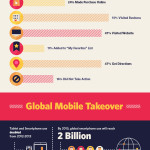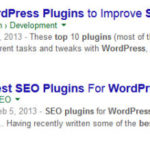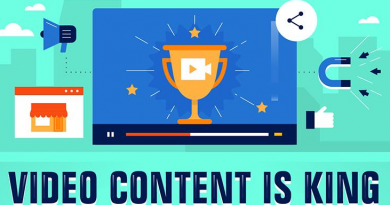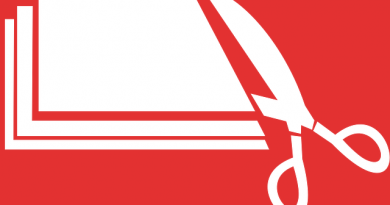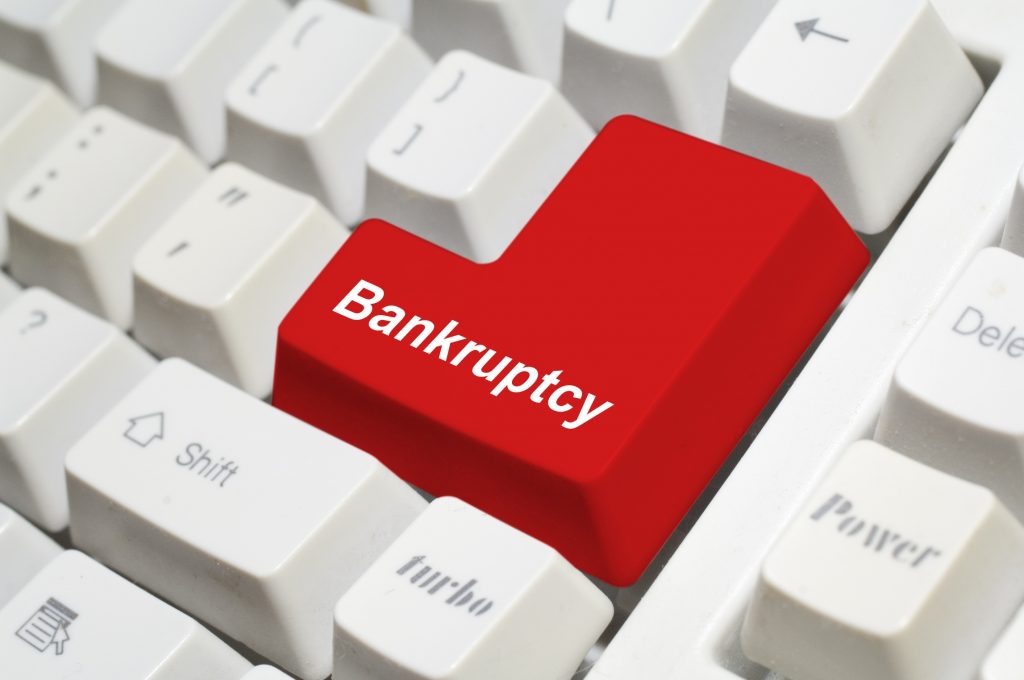
Bankruptcy.
There’s a word you probably don’t want to see in a sentence that also contains your name. However, there are times when it might well be the best thing for you. You see, while most people tend to look at bankruptcy as the absolute end, it’s really a beginning.
You just have to know when bankruptcy is the best option for dealing with debt.
So, What Is Bankruptcy?
Filing for bankruptcy protection is the process of instituting legal procedures to discharge debt when you know you will not be able to repay it, or you’re already lacking the means to do so. The most common forms of bankruptcy are Chapter 7 and Chapter 13.
The major differences between the two are:
- Chapter 7 allows you to completely discharge your debts, with some exceptions (such as student loans, certain tax obligations, and child support). But you may be obligated to sell some of your property to settle some of your debt obligations.
- Chapter 13 allows you to create a payment plan to repay some or all of your debts over a three- to five-year period. Your debts are not discharged, but you will also not be obligated to sell all your assets in order to make your payments.
Bankruptcy’s Advantages
Regardless of the form your filing takes, the most obvious benefit is the relief you’ll feel when the vast majority of your financial obligations are lifted. Bankruptcy puts an end to collection calls, debt-related lawsuits and garnishments that may have been imposed upon your earnings.
According to the folks at NerdWallet, debts erased with Chapter 7 include:
- Credit card
- Medical
- Unsecured personal loans
- Civil judgments (other than for instances of fraud)
- Back rent
- Back utility bills
- Unsecured business debts
- Certain older tax debts
Further, while popular wisdom declares filing for bankruptcy protection to be the single worst thing you can do to your credit history and — by extension — your personal finances, there is a silver lining to that cloud too. When you hit the point at which a bankruptcy filing makes sense, your credit score will be looking like it went 10 rounds with Manny Pacquiao. In that instance, a bankruptcy judgment is like a ref stepping in and stopping the fight before your credit score gets killed.
What’s more, its healing process will begin as soon as the fight stops. Granted, the scars will be around for seven to ten years, but your credit reputation can steadily recover during that period.
When Is it Time to Throw in the Towel?
If your outstanding debt equals more than half your income, or if it would take you five or more years to pay off that debt — even with extreme austerity measures — you’re a potential candidate.
It’s still worth exploring all your other options first. As many Freedom Debt Relief reviews note, debt settlement is one strategy many people have used to avoid the harsh effects of bankruptcy.
It Should Be Your Last Option
Please don’t think we’re saying you shouldn’t bother to pay your bills because all will be forgiven with a simple filing. Bankruptcy is a long and emotional process. You could lose your home, your car and many other assets you’ve worked hard to obtain. You’ll also feel the credit consequences for years to come. In other words, while bankruptcy is a new beginning, you do have to live through the setback to get that fresh start.
Always make every effort to live up to your obligations.
Again though, there are times when bankruptcy is the best option for dealing with debt. Do your research so you can make an informed decision based on your situation.




